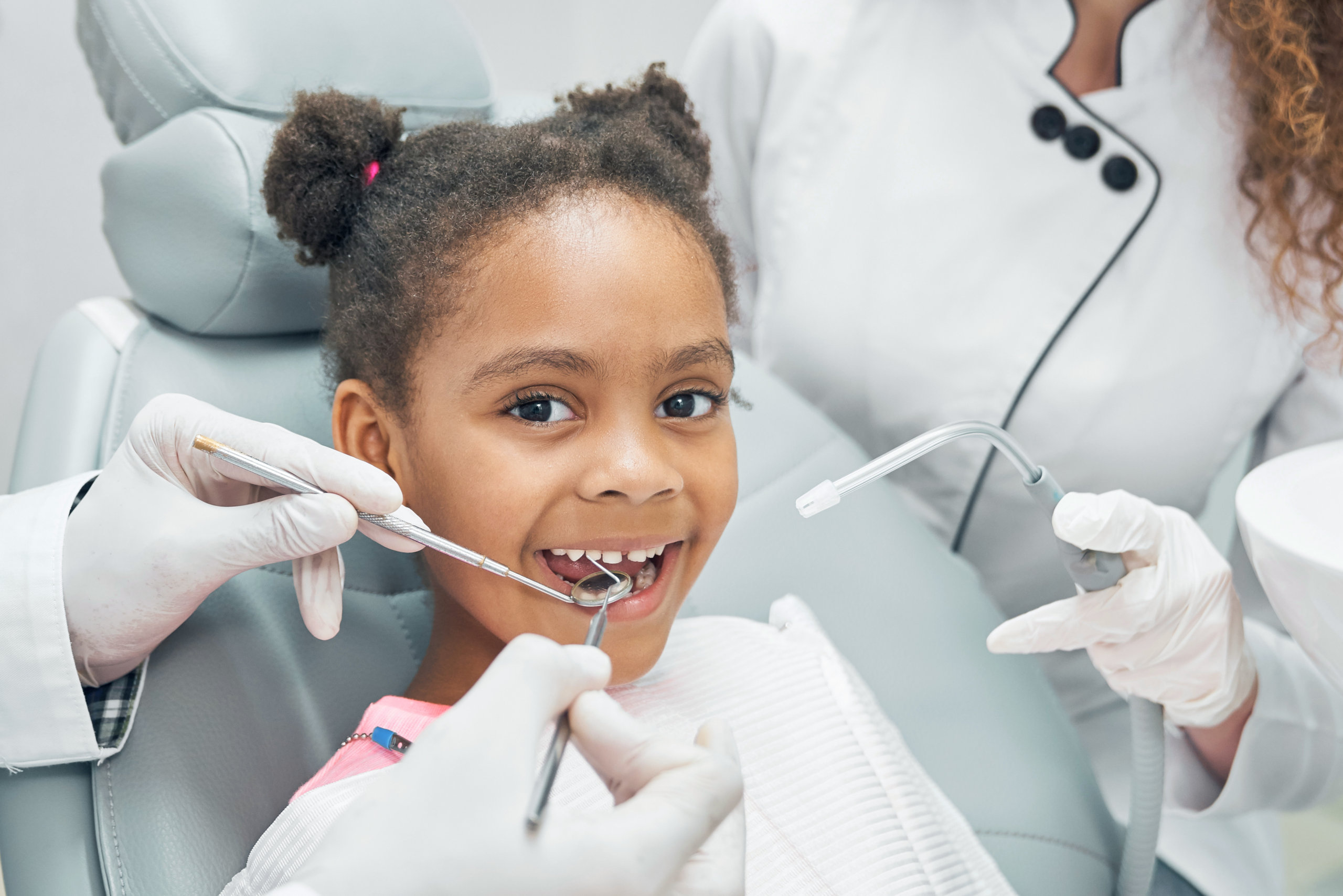
Not all smiles are created equally. There are a number of factors that come into play during the development of your child’s teeth before, during, and after they erupt. When you lose baby teeth, your smile changes drastically, and your adult teeth can even come in different than your baby teeth. While your teeth serve to help you chew, eat, drink, and even speak as you grow older, an improper bite can cause a number of problems for patients in the future if they don’t get it corrected earlier on. This is why many parents turn to orthodontics for help with malocclusions.
What Are Malocclusions?
The term ‘malocclusion’ simply means that the patient’s bite is misaligned. This means that the jaw and the teeth do not line up properly. When teeth are misaligned, there can be additional stress on the jaw and you may experience difficulty eating or speaking. The good news is that this condition is very treatable. But before looking for ways to treat a misaligned bite, it’s important to understand the different types of malocclusions and how they could be affecting your oral health overall.
Types of Malocclusion
Malocclusions are more common than you might think. In fact, according to ScienceDaily, one in every five people have some sort of misalignment in their teeth. Here are the three types of dental misalignments:
Class I: Overlap
The first type of malocclusion is frequently called the overlap. This is where the upper teeth protrude over the lower teeth, but otherwise the bite is normal. There are many causes for this condition including prolonged thumb sucking and bottle use during infancy. An orthodontic appliance can be used to correct this misalignment. Our orthodontist, Dr. Valerrama, will develop a treatment plan based on the angle of you or your child’s teeth. The three main classifications for this type of malocclusion include:
- Teeth angling toward the tongue
- Lower teeth angling in toward the tongue with the upper teeth protruding
- Upper front teeth slanting toward and tongue and causing crowding among the other teeth
Class II: Overbite
The overbite is classified as when the upper teeth stick out over lower teeth. This affects the alignment of the bite. Orthodontic treatment is generally recommended with an overbite. With treatment and appliances, the overbite can be corrected but it may take some time. Two different overbites are typically seen. This includes when the upper teeth angle in toward the lips and when the upper incisors slant toward the tongue.
Class III: Underbite
An underbite is when the lower teeth protrude further than the upper teeth. In some cases, this can include a cross-bite where there is an overlapping of the upper and bottom teeth. The underbite has three classifications that include:
- The arch is not normally shaped but the general tooth alignment is good
- The lower front teeth lean toward the tongue but the upper teeth are properly aligned
- The lower teeth are in aligned but the upper teeth angle toward the tongue. Often, the upper arch is underdeveloped
Treatment Options
Before beginning any treatment option, an orthodontist, like Dr. V, will need to make an assessment and go over your lifestyles and any hobbies that could be affected due to orthodontic treatment. This will then help your orthodontist to recommend the best course of treatment to correct the issue. There are many treatment options including Clear Correct, Invisalign Teen and even Champagne-colored braces! Depending on your specific needs and timeline, you will be able to choose which treatment option would best suit you in your everyday life.
Correcting Malocclusions at Valderrama Orthodontics
Valderrama Orthodontics works to provide the best and most comfortable orthodontic care available! With a commitment to providing compassionate dental care, Dr. V and her staff know how important a beautiful smile is, and how it can contribute to your confidence. As a little girl, Dr. V saw the profound impact it had on her when she received orthodontic treatment, so she vowed to become an orthodontist so others could experience it themselves too! That promise lives on today through her practice and every patient that she treats for problems with malocclusions, poor jaw development, and anything in between! Contact us today to see how we can help you smile a little bigger this year!


Let's Get Social